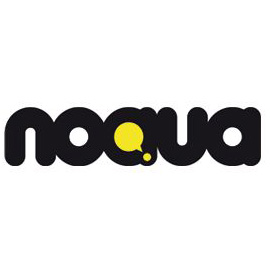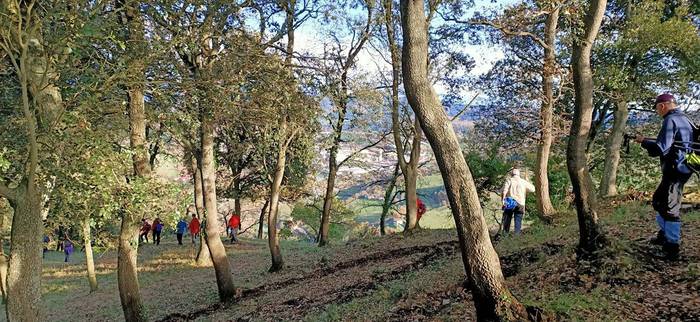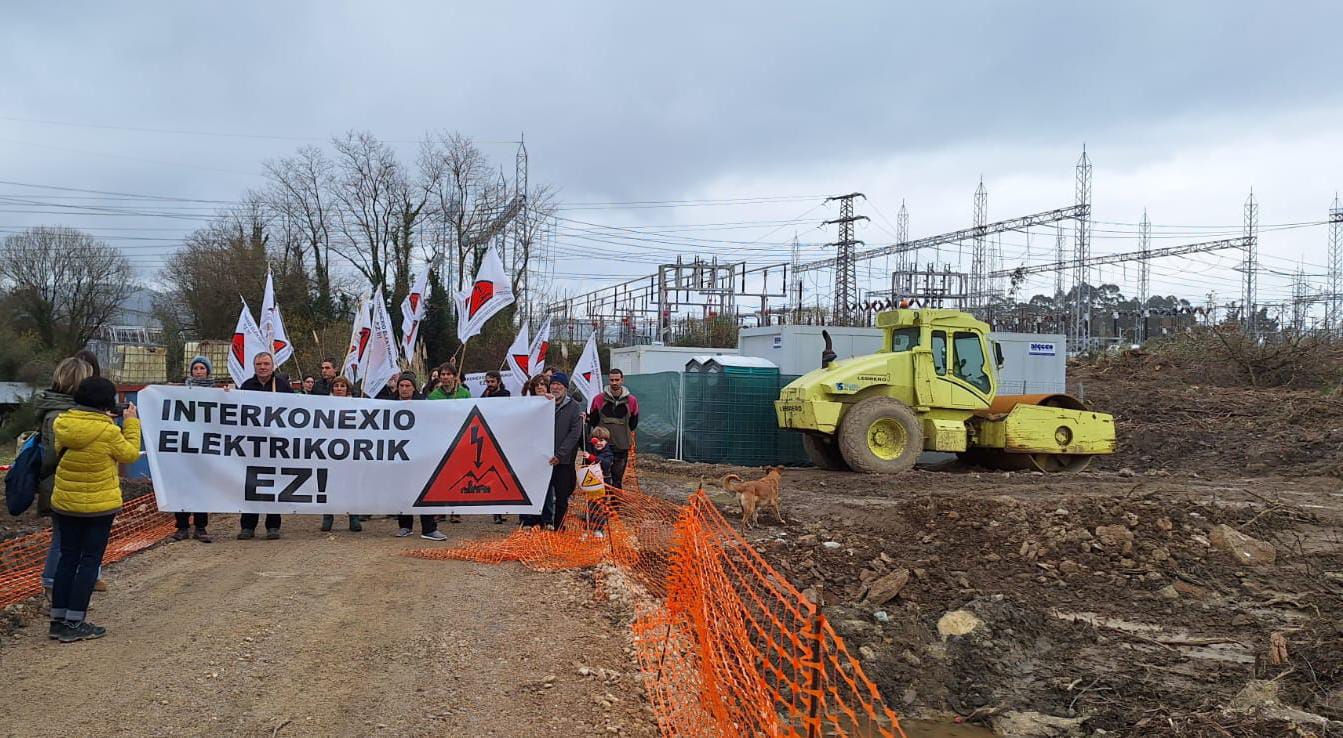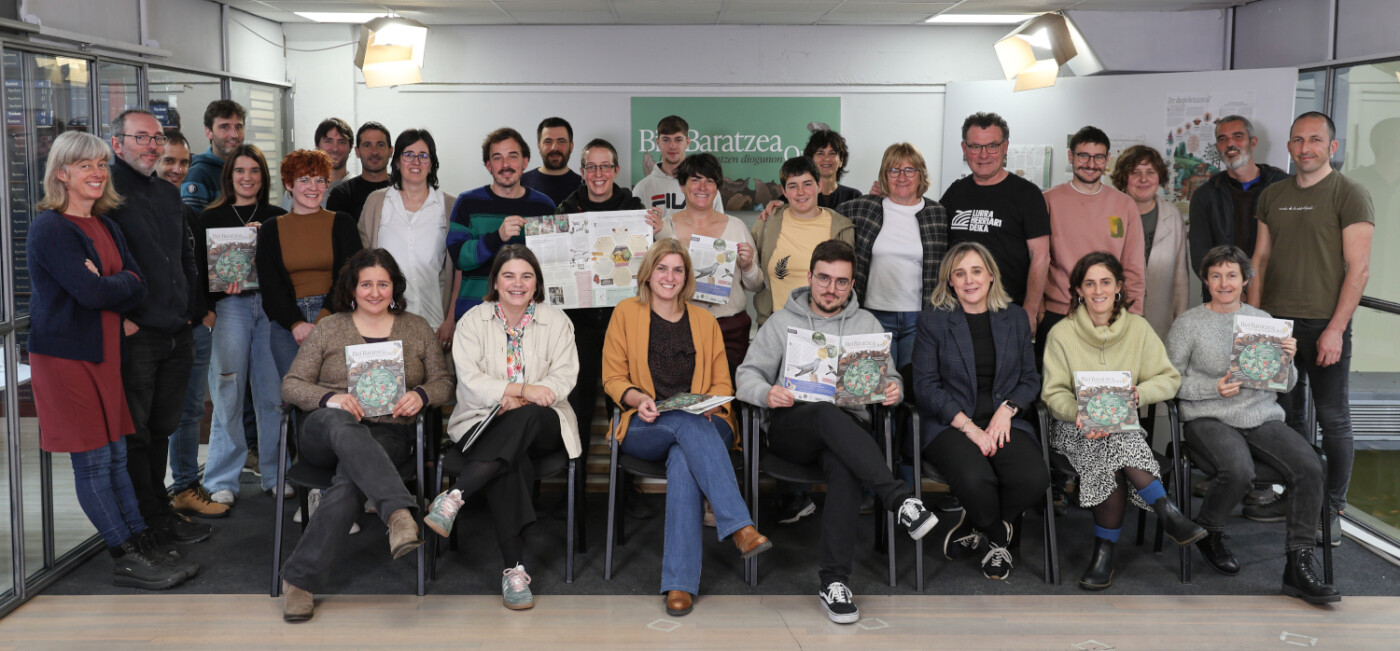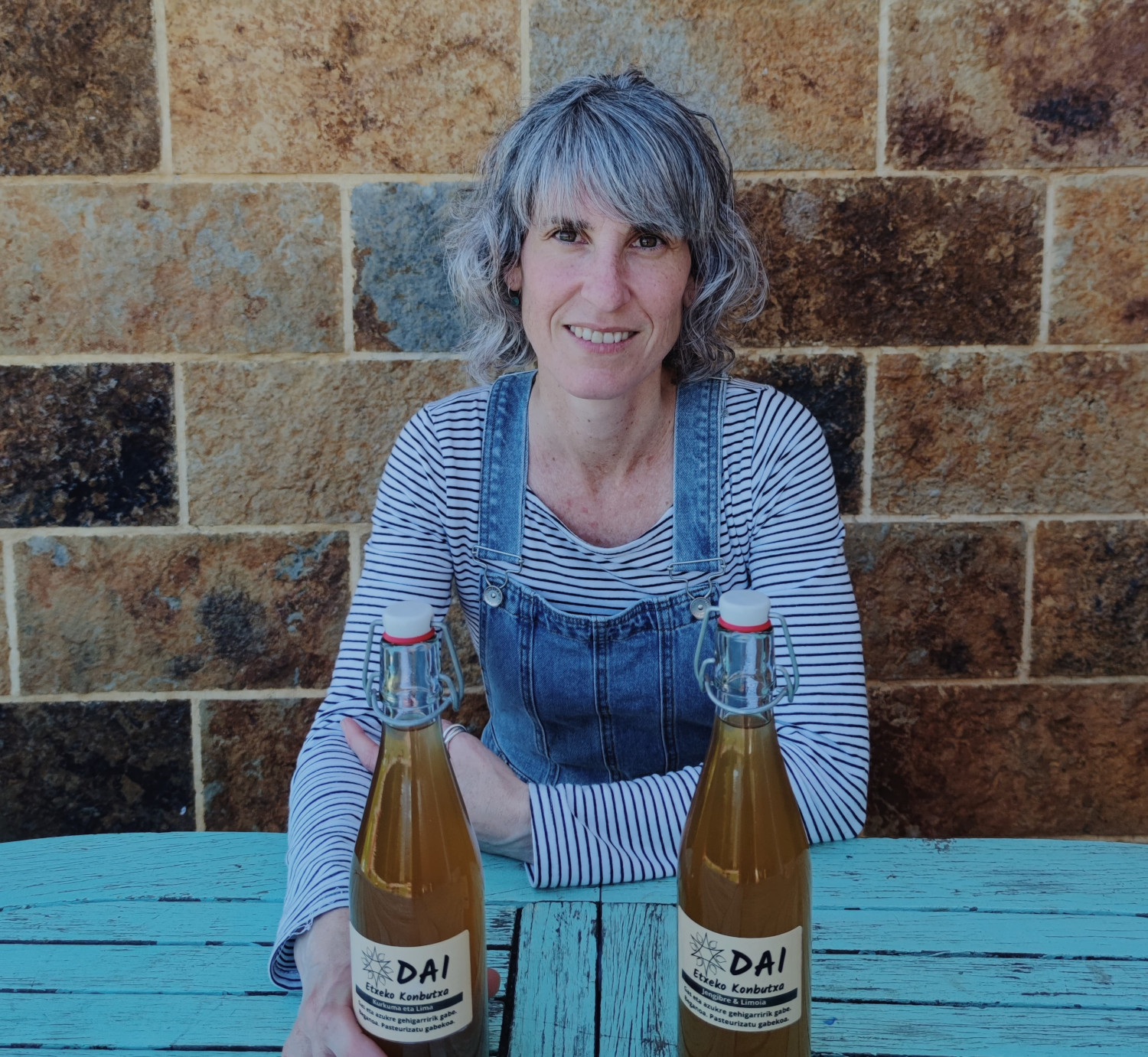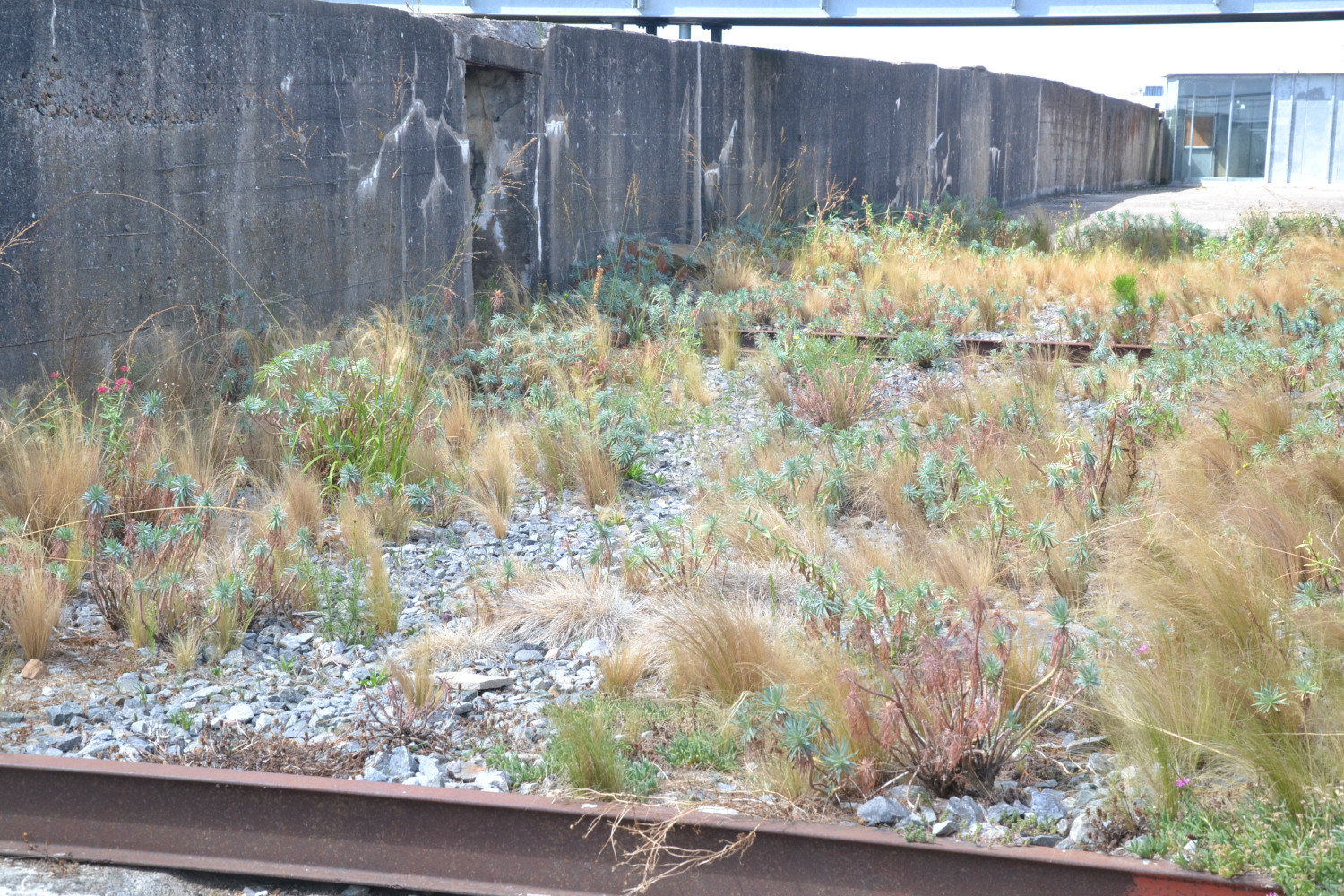Pollution is growing around the Zubieta incinerator
- Last Sunday, in one of the images attached to this news item, you will find the column of smoke that you could see from Usurbil, which was dumping the Zubieta incinerator on 22 January. This way of seeing the plant has become a common practice, although the size of Sunday has not been observed on many occasions. The results of the annual citizen control that the Anti-Incinerator Movement is carrying out in recent years in collaboration with the Dutch foundation Toxicowatch warn us of the need to look at the ground as well. Recently, the study carried out in 2021 has been presented in Potxoena. Last year, at the same time, we will know within a year the results of the data collection carried out at the end of the summer.

Those in 2021 confirm the trend of previous years. Goose and hen eggs from the incinerator area have been used as meters. Each year we analyse the evolution of the toxic products that accumulate. Remember that they have also investigated breast milk.
Dioxins to the inside
The results of the ongoing studies indicate that each year the results are getting worse, increasing pollution around the incinerator. Among them is the final work of the studies "Determination of heavy metals in moss samples around the incinerator", carried out by Malen Azpiazu Zubeldia, former student and neighbor of the chemistry school. Azpiazu has measured the toxins that accumulate in the mosses to “deduce pollution in the air”. He concludes that there has been a considerable increase in some heavy metals.
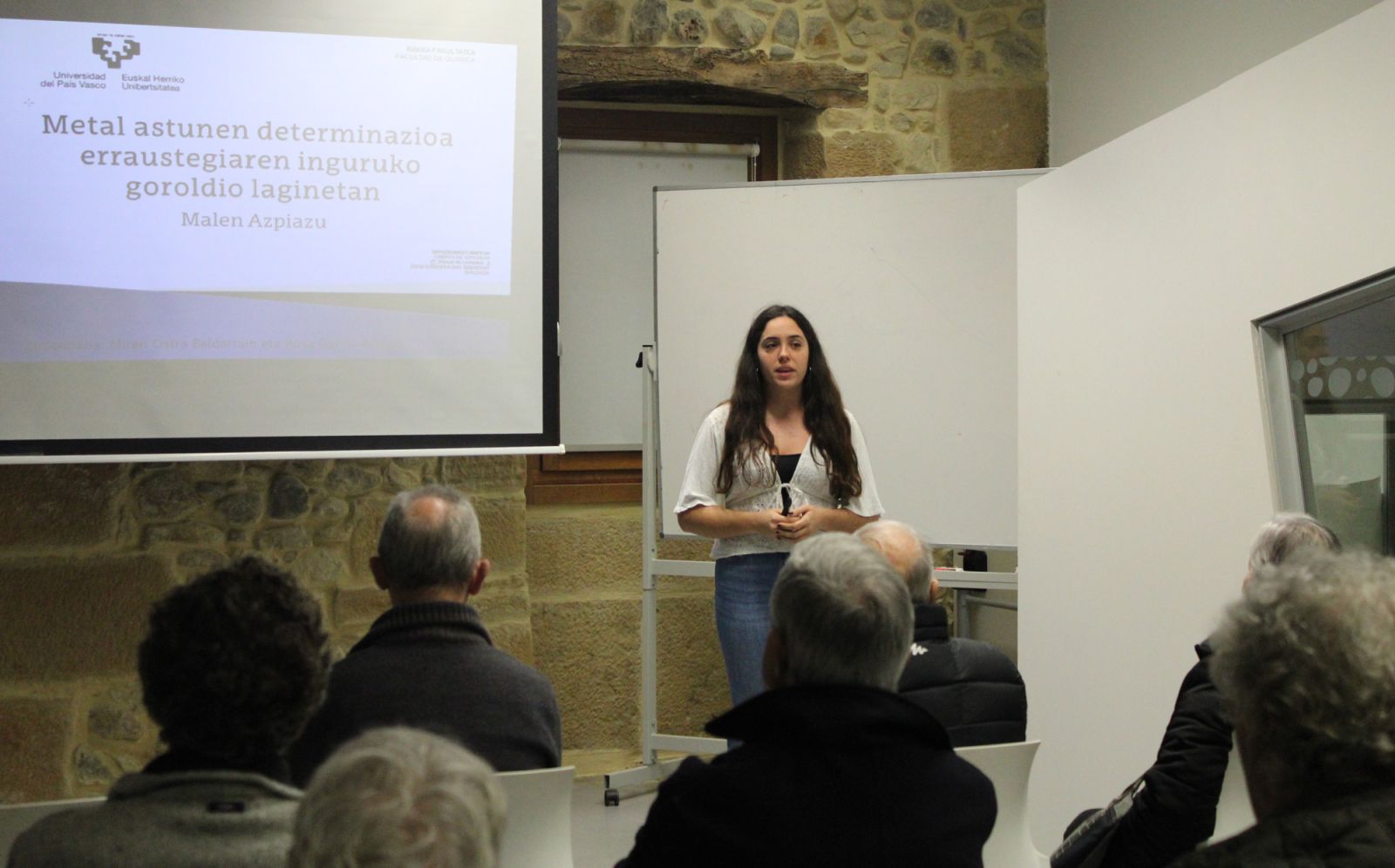
The data collected in the three hens near the Zubieta plant are also remarkable. Two are located north of the incinerator, the third south, in the Andoain area. Representatives of the Anti-Incinerator Movement warn that “at the moment there have been no significant changes” in the eggs of the hens of Iparralde. In the south, “very high values in dioxins”, according to the 2021 study. It's not casual, when the northern wind is more frequent. However, from the ToxiWatch it is said that “more follow-up needs to be done”, as Potxoene’s quote warned that this increase in contamination could be due to “another impact”. No significant increases in sediments have been found.
Pollution accumulates from air to earth's surface and leaks from surface to subsoil. “Dioxin contamination in groundwater was high in 2021,” the Anti-Incinerator Movement reports. Note, these data are prior to last July's contamination.
And pollution spreads through the subsoil, among other rivers and nearby streams. Witness of this stream Arkaitzerreka. The dumping of ammonium from the incinerator in May 2020 killed hundreds of fish and eels. The event made the fish disappear. Last July, however, we saw a creepy, reddish river. It is now intended to divert the pollution being poured into the river into the sea. “They will remove a stream,” they said in Potxoene’s act. At the moment, they intend to continue collecting data year after year. “We need more years to consolidate them.” They are now waiting for 2022.

Lehengai anitzekin papera egitea dute urteroko erronka Tolosako Lanbide Heziketako Institutuko kimika industrialeko ikasleek: platano azalekin, orburuekin, lastoarekin, iratzearekin nahiz bakero zaharrekin egin dituzte probak azken urteotan. Aurtengoan, pilota eskoletan kiloka... [+]
Today’s Venice is built on an archipelago of 118 islands. These islands are connected by 455 bridges. The city is based on mud rather than Lura. Millions of trees in the area were cut down from the 9th century onwards to build piles and cement the city. Years have passed and... [+]



